Is outdoor running better than indoor treadmill running – or doesn’t it make a difference? If you’re a runner, you’ve …
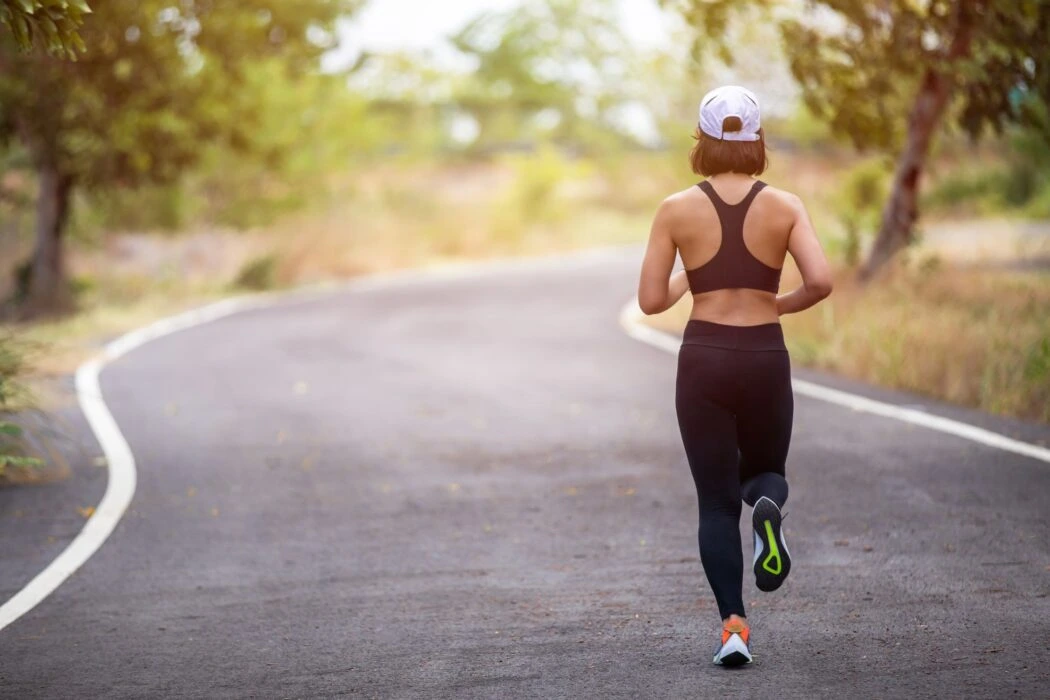

Is outdoor running better than indoor treadmill running – or doesn’t it make a difference? If you’re a runner, you’ve …
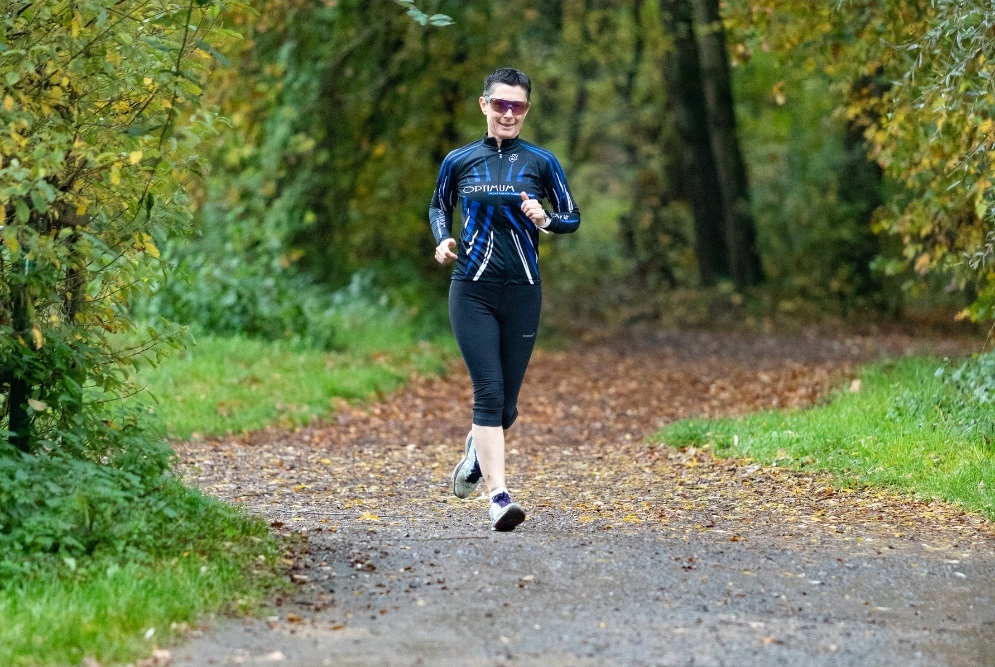
If you’re missing running – the high of hitting a new personal best, the stress-busting 5K’s after a busy day, …
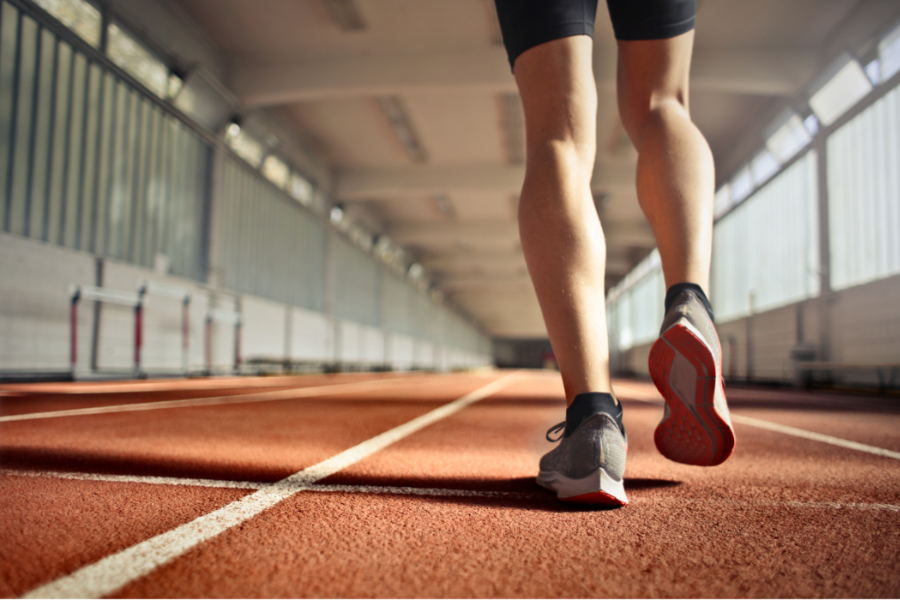
To improve sports for amateur and recreational athletes planning to participate in summer sports such as marathons, and triathlons, and …
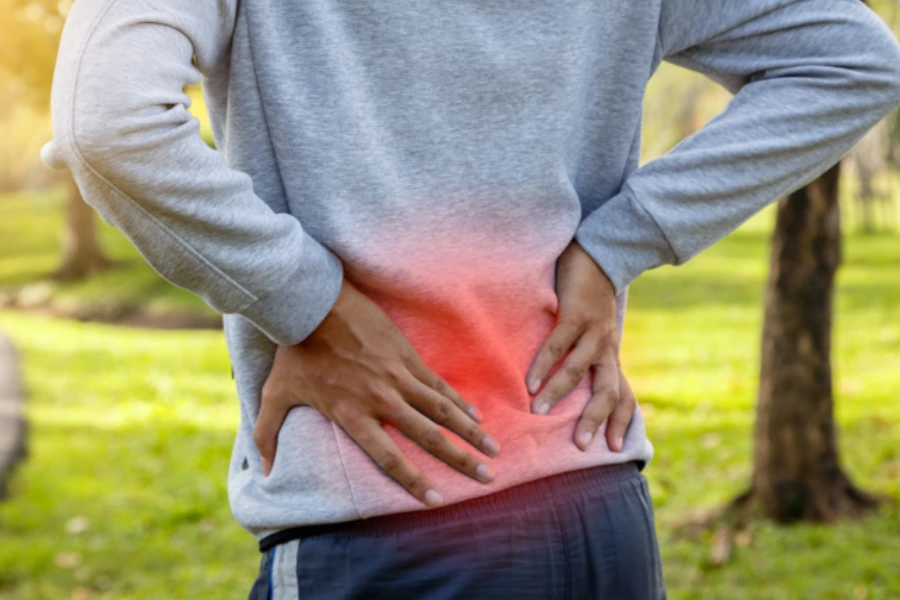
Lower Back Muscles It can be extremely difficult to keep up with your favorite sports when you have a stiff …
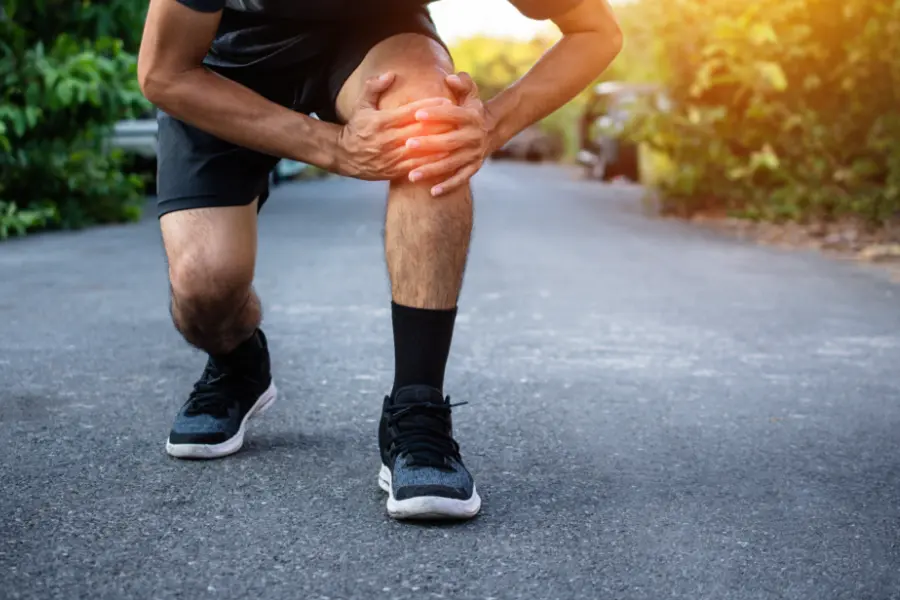
How to prevent knee pain? What is the best painkiller for knee pain? How to get rid of knee pain …
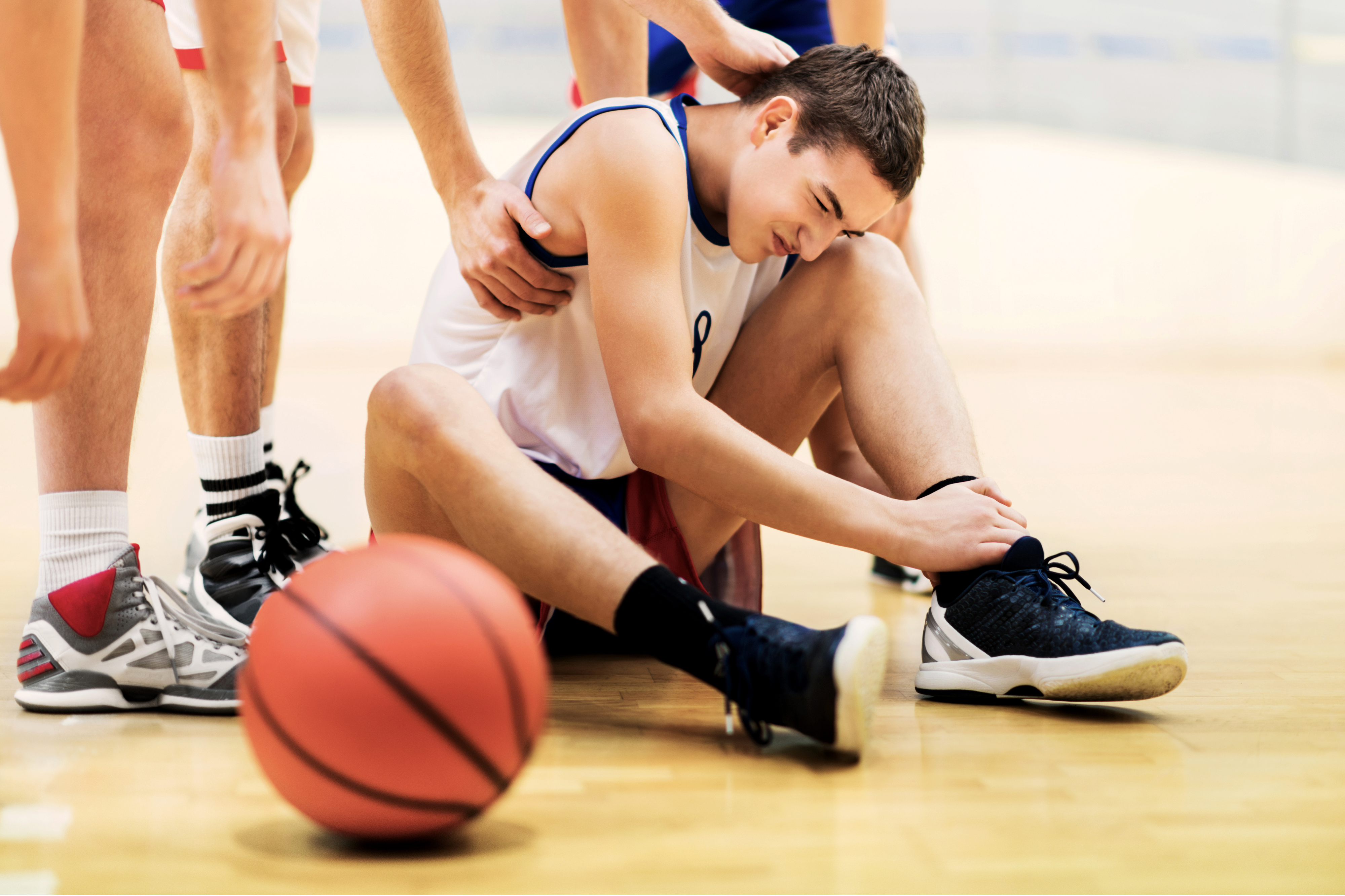
Want to discover how to prevent sports injuries so you can keep training, play for longer and perform better in …

Should I stick with one sport or expand my abilities and play other sports as well? Multi-Sport Athletics – Playing …
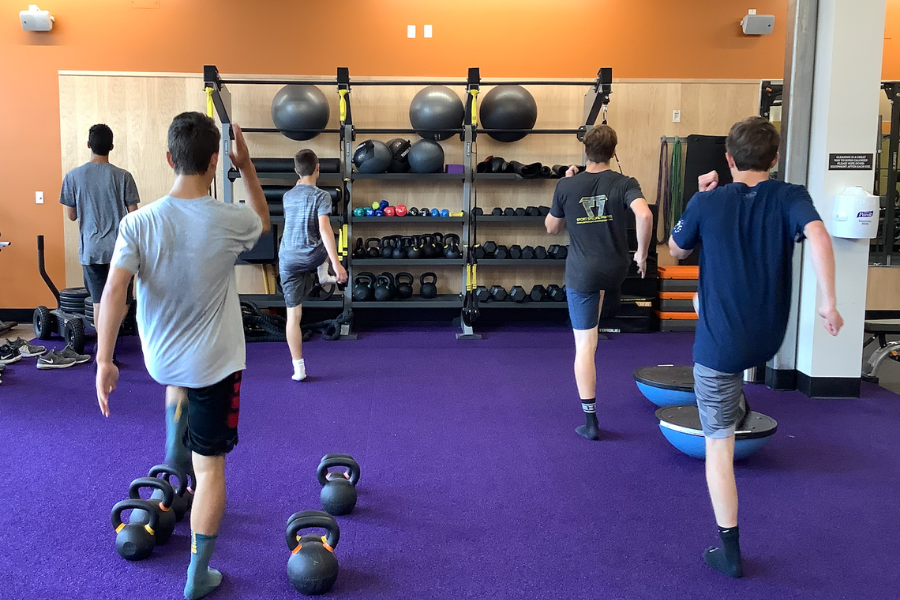
A warm up exercises for runners is a vital part of preparation if you’re a long distance runner, marathon runner, …